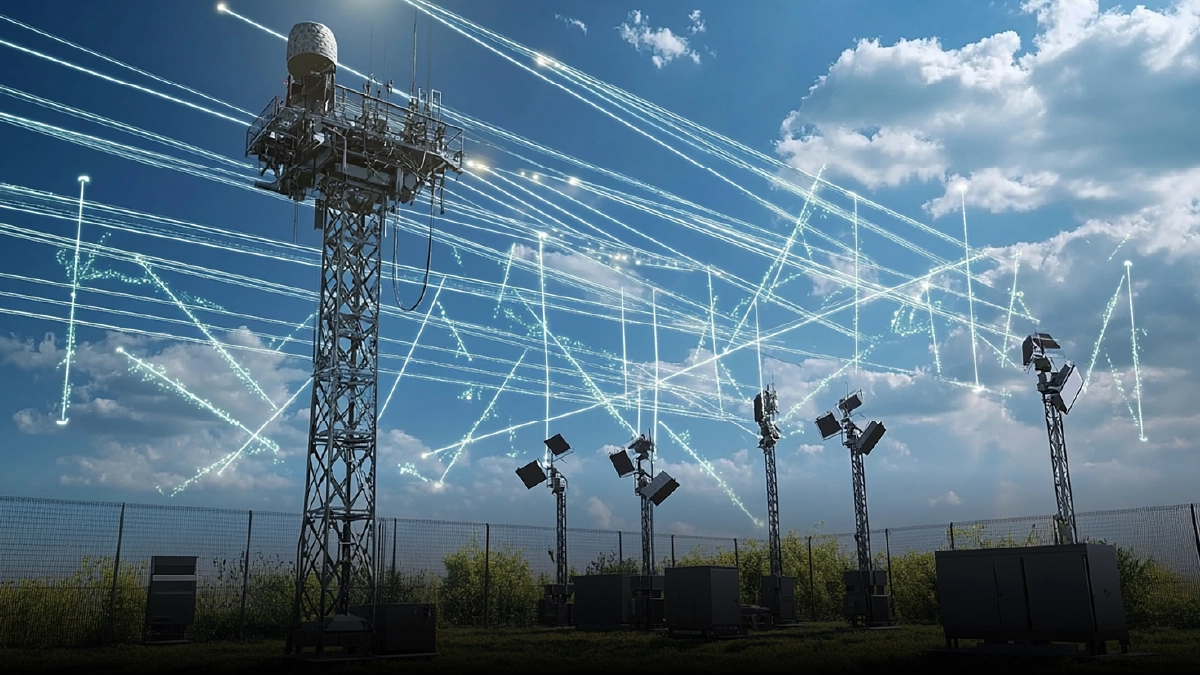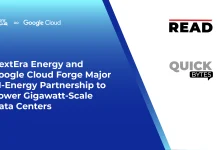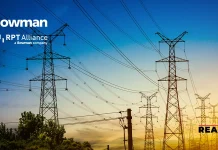For decades, the power grid worked on brute force. Energy was pushed out in one direction, supply chased demand, and outages were fixed only after they happened. It was a system built for a slower world, not for the real-time complexity of today’s energy landscape. As consumption patterns shift and renewables flood the mix, that reactive model is breaking down.
Smart grids mark the turning point. They replace guesswork with insight and one-way control with constant feedback. Real-time data now drives every decision, from generation to distribution. The older systems lacked this kind of awareness, whereas the grid today is given a sort of situational awareness. Instead of just waiting for the problems to occur, Smart grids predict, manage the flow of electricity, and maintain the quality of power supply.
This evolution isn’t about adding more hardware. It’s about turning data into intelligence and the grid into something that can think for itself.
The Foundation of Proactivity in Smart Grids through Sensor Networks and the Data Backbone
The old grid waited for things to fail. It reacted, patched, and hoped the next storm or overload wouldn’t hit too hard. Smart grids don’t wait. They sense, predict, and adjust in real time. The difference starts with one thing: data that never sleeps.
Smart meters are where this intelligence begins. They track electricity use minute by minute, not just for billing but for insight. Utilities can now see where energy flows, how people consume it, and when stress builds up. For the first time, the grid is becoming self-aware, spotting problems before they spill over.
Deeper in the network, sensors like Phasor Measurement Units and IoT devices act like nerve endings. They monitor every shift in voltage and frequency, sending constant updates that keep operators one step ahead. This living network forms the grid’s digital spine. The U.S. Department of Energy’s Smart Grid Grants program is putting real weight behind it, investing around 3 billion USD from 2022 to 2026 to strengthen resilience across the system.
That investment is necessary. The DOE projects that distributed energy resources will expand by 262 gigawatts between 2023 and 2027, nearly matching the 271 gigawatts of new large-scale generation expected. Without smarter control, that growth could overwhelm the system. The DOE has already warned that blackouts in the U.S. could increase a hundredfold by 2030 if reliability gaps remain.
This is where two-way communication becomes the lifeline. Data and control signals now move in both directions, giving the grid the ability to respond instantly, reroute power, and stabilize itself under pressure. Smart grids aren’t just about technology; they’re about turning a fragile infrastructure into a thinking, breathing system that can adapt to a volatile future.
Real-Time Analytics as the Engine of Grid Stability
The grid used to be a firefighter. Something broke, alarms rang, teams scrambled. That old way just can’t handle the kind of complexity we’re dealing with now. Real-time analytics has turned firefighting into foresight.
When a fault hits, analytics doesn’t wait. It pinpoints the exact spot and shifts the power flow before customers even notice. The grid starts fixing itself, not calling for help. That means fewer outages, faster recovery, and fewer expensive field visits.
Then comes the bigger leap. Predictive maintenance takes data from sensors like temperature, load, and vibration and looks for early signs of stress. It knows when a cable is close to failing or when a transformer is running too hot. Instead of reacting after damage, utilities step in just before. That single change saves millions and keeps energy flowing without interruption.
Google Cloud’s latest energy research shows how this thinking extends even further. Its 2025 report highlights how AI now blends real-time data with precise weather forecasting. The models can read shifting wind or solar conditions and alert utilities in advance. A follow-up study in August 2025 showed how AI agents use these insights to automatically balance generation and storage when the weather turns. The grid doesn’t panic anymore; it plans ahead.
Load forecasting ties everything together. Real-time analytics combines live usage data, weather inputs, and past patterns to predict demand almost to the minute. It’s not guesswork now, it’s data-guided intuition. That keeps supply steady and renewables stable, especially when clouds roll in or wind drops suddenly.
Smart grids are no longer waiting for problems to surface. They are learning to think, to adapt, and to move faster than the fault line.
Integrating Renewables through Managing Intermittency and Decentralization

Renewable energy doesn’t play by old grid rules. Coal and gas plants deliver steady power, but solar and wind don’t wait for anyone. When clouds roll in or the wind dies down, supply dips fast. That unpredictability is what makes renewable integration tricky. The old grid wasn’t built to handle this kind of mood swing. But the solution isn’t to hold back renewables. It’s to make the grid smarter and faster.
The fix starts with data. Real-time visibility helps utilities see these shifts as they happen and respond before problems grow. Virtual Power Plants, or VPPs, do this brilliantly. They connect thousands of small energy assets like rooftop solar panels, batteries, and electric vehicles into one controllable system. When one source drops, another picks up the load. Microsoft’s Azure Data Manager for Energy helps bring that coordination to life. It collects grid data, turns it into insights, and helps utilities act with speed and precision.
Microsoft’s July 2025 article ‘Driving the Grid of the Future’ highlights how AI forecasting and collaborative tools are cutting project timelines from years to months. That means decisions that once took forever now happen in real time. Another update from April 2025 shows how Azure and Schneider Electric built the One Digital Grid Platform to modernize utility networks. The system improves efficiency, reduces cost, and makes clean energy accessible on a larger scale.
Fast data also solves a deeper problem. When renewables spike or drop suddenly, frequency and voltage can drift. Smart controls, powered by AI, correct those shifts instantly and keep the grid balanced.
Intermittency is no longer a weakness. With the right data and digital systems, it’s turning into the strength that will power the next clean energy wave.
V. Business and Operational Imperatives
Behind the buzz of smart grids lies a hard business truth. Intelligence has to pay for itself. Utilities are no longer chasing scale alone; they’re chasing efficiency. Predictive systems mean fewer truck rolls, faster fixes, and smarter capital spending. Equipment is replaced just in time, not after it fails. Energy theft drops as every node becomes traceable through data. The ROI is visible on the ground, not just in reports.
The World Economic Forum’s ‘Fostering Effective Energy Transition 2025’ shows how this shift is already improving performance. Global energy-system scores rose by 1.2% year on year, marking the fastest recovery in ten years. In another 2025 report, the WEF notes that smart meters and demand-response programs are giving consumers an active role in grid stability. The grid is no longer a one-way system. It’s becoming a participatory network where users, not just utilities, help balance demand and supply.
Financial logic meets regulation here. The WEF’s September 2025 study, ‘Financing Smart Power Systems,’ calls this the next big frontier in infrastructure investment. Control of the digital backbone now defines strategic power. And in the U.S., Deloitte’s 2025 Utilities Outlook adds another layer: roughly 75% of top utilities have seen rising electricity demand from data centers. That surge demands both capacity and cyber resilience.
Smart grids aren’t just a tech project. They’re an operational revolution reshaping who wins the energy economy of the future.
The Intelligent Grid is Now
Smart grids have become heavily dependent on real-time data. The entire grid, which now comprises every meter, sensor, and power source, is connected to a single network that can detect, forecast, and even take action. With the help of data, the power grid is not just a fragile system anymore; it is a strong one that can easily balance demand, accept renewables, and even reduce carbon emissions significantly.
The state of the art smart grid does not need to wait for commands anymore. It goes through a process of learning, optimization, and finally adaptation. What started as automation is now leading gradually to complete autonomy, thus marking the true beginning of intelligent energy.




